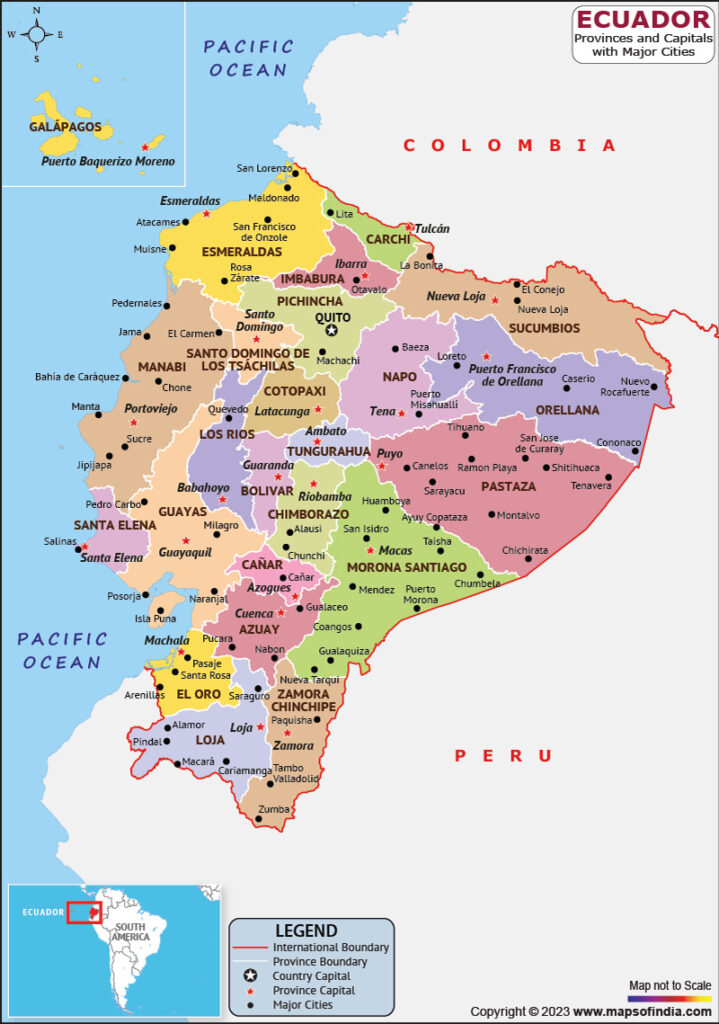Quito, Ecuador
Call us “crazy”, and I know that some will, but Bear and I are on our way to Ecuador. We researched, analyzed, and re-evaluated, and concluded that the rewards of travel exceed the risk.
“Take calculated risks. That is quite different from being rash.” – General George S. Patton

I agree with General George, taking risk for risk’s sake is foolish, taking calculated risks is another matter. This is the risk assessment we undertook before reaching a decision to carry through with our plan to travel to Ecuador during a declared State of Emergency:
- We gathered information from various sources to assess our options. Reports we got from people on the ground in Ecuador were much less hyperbolic than conventional news reports. News outlets need an audience, so they flash the worst of the worst, over and over, ad nauseam, to get public attention. The data we obtained from ordinary citizens in Ecuador, (Canadian/American ex-pats, online bloggers, and other sources on the ground), was far less sensational. I have a great deal of respect for the people who deliver our daily news, but if you want reliable data you need to get opinions from people without something to sell.
- There are an estimated 20,000 cartel members in Ecuador. 4,100 gangsters have been arrested since January 8. With 20% already in jail, the other 80% are keeping a low profile.
- Non-gang-related violence has dropped to near 0 in Quito since the January 8th military action. The heavy presence of police and military on the streets means that crimes against civilians and property are minimal. We are safer from common crime traveling now than we would have been if the emergency action had not occurred.
- The 2023 homicide rate per 100,000 population in Ecuador was 27. In Memphis, Tennessee, where we visited in September, the rate is 44.4 per 100,000. 85% of the homicides in Ecuador in 2023 involved the drug trade. Drug related murders are also prevalent in America, but murders there are much more likely to happen in public places, like schools and shopping malls. Statistically, we were at far greater risk of being victims of crime when we visited the good old U. S. of A.
- Most of the civil unrest in Ecuador is happening in the Columbian border region and at ports where drugs are traded and transported. The tourist area of Quito is virtually unaffected.
- There is a curfew in place from 11pm – 5am. It doesn’t apply to tourists traveling from the airport to a hotel, but we could be subjected to a heightened level of police surveillance during those hours.
- We typically travel without guidance, but in places with elevated risk, and where language barriers exist, we get help. This worked well in Africa; we had a driver named Tom, who knew his way around and kept us out of harm’s way. In Ecuador we will have Gabriel.
- More than half of our travel time will be spent on the Galápagos Islands. While technically part of Ecuador, the Galápagos are free from drug-related activity, and therefore much safer than the mainland.

Decision made; we boarded American Airlines Flight 2521 in Calgary at 6:30am. We will fly to Dallas, then Miami, and on to Ecuador. We are scheduled to arrive in Quito just as curfew begins.
Immediately after landing, we will exercise …
…Calculated Risk # 6.
“Life is either a daring adventure or nothing at all.” – Helen Keller



Chris Guest
Stay safe and enjoy!! 🤗
Russ Paton
❤️🐢
Rhonda Sorgard
Safe travels Russ & Terri. Love you guys! Rho